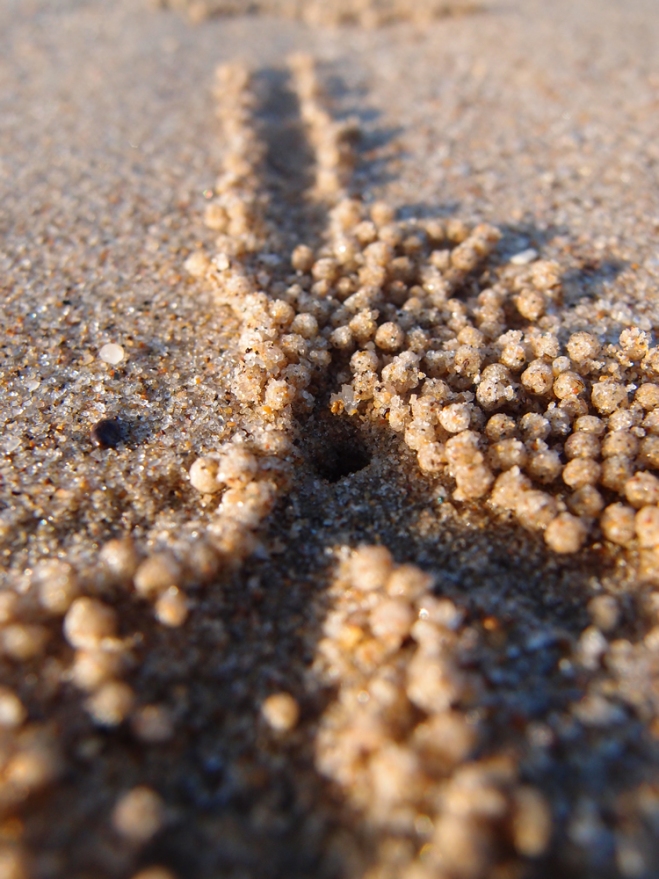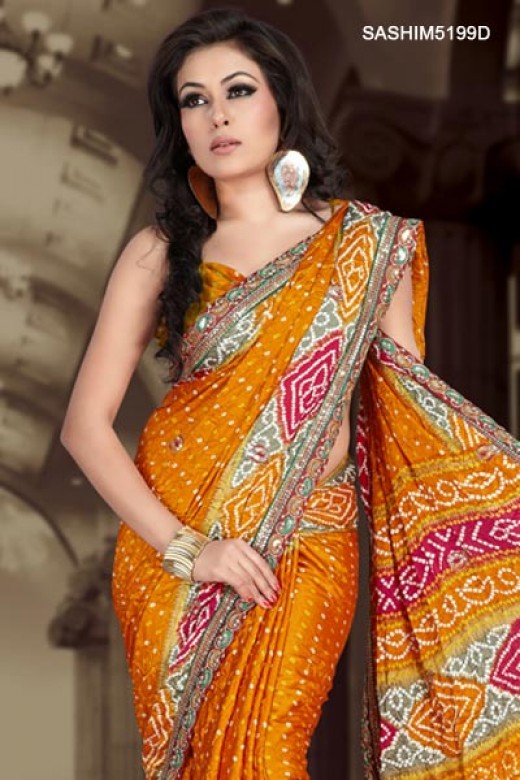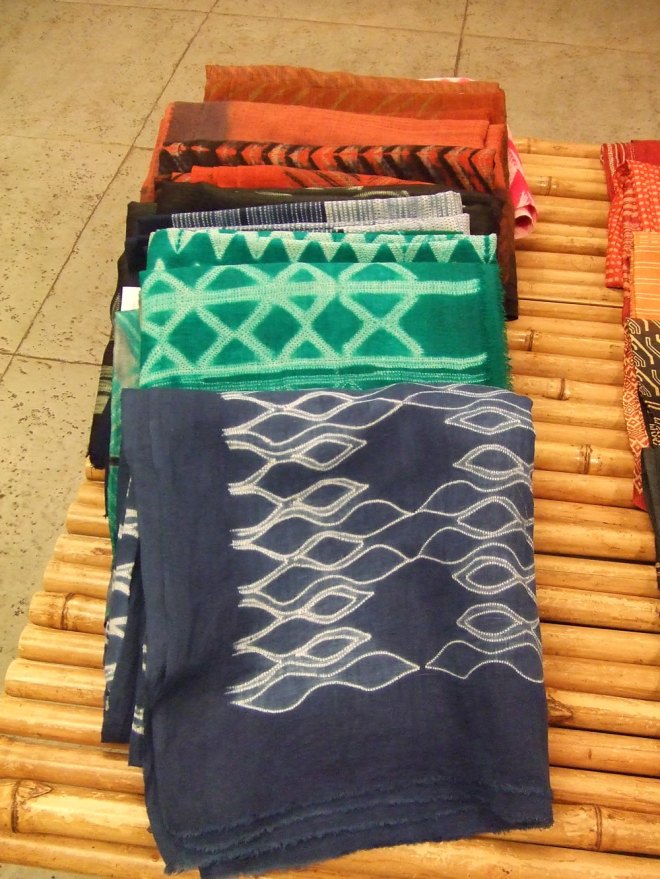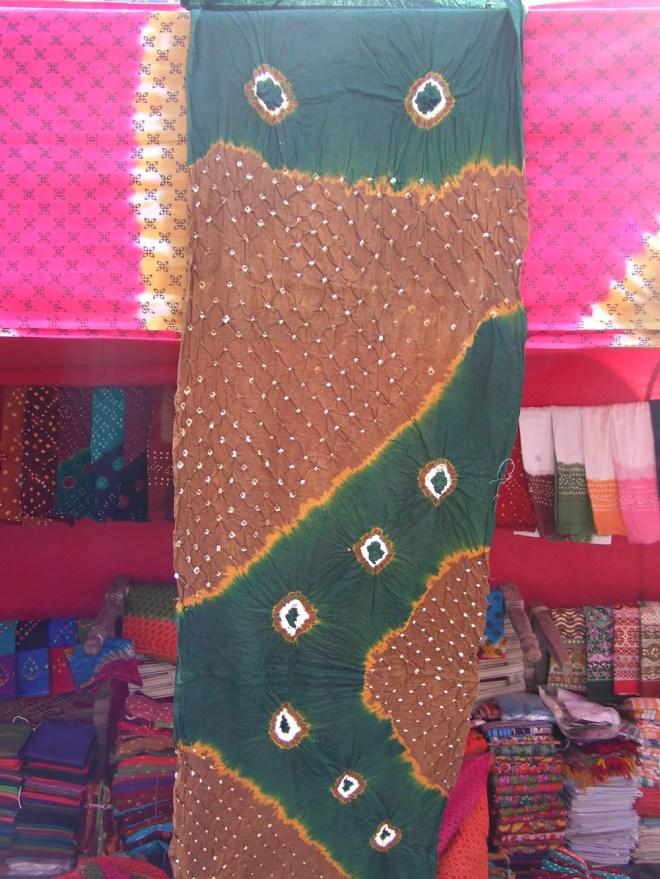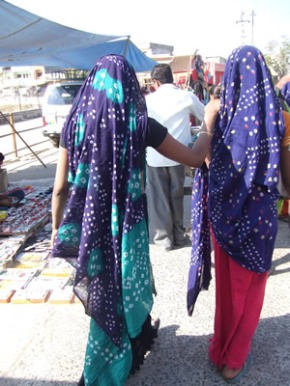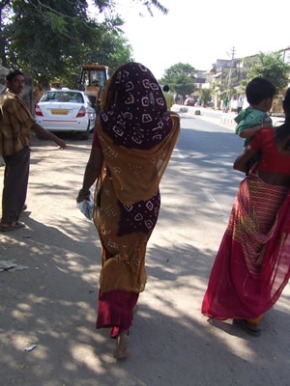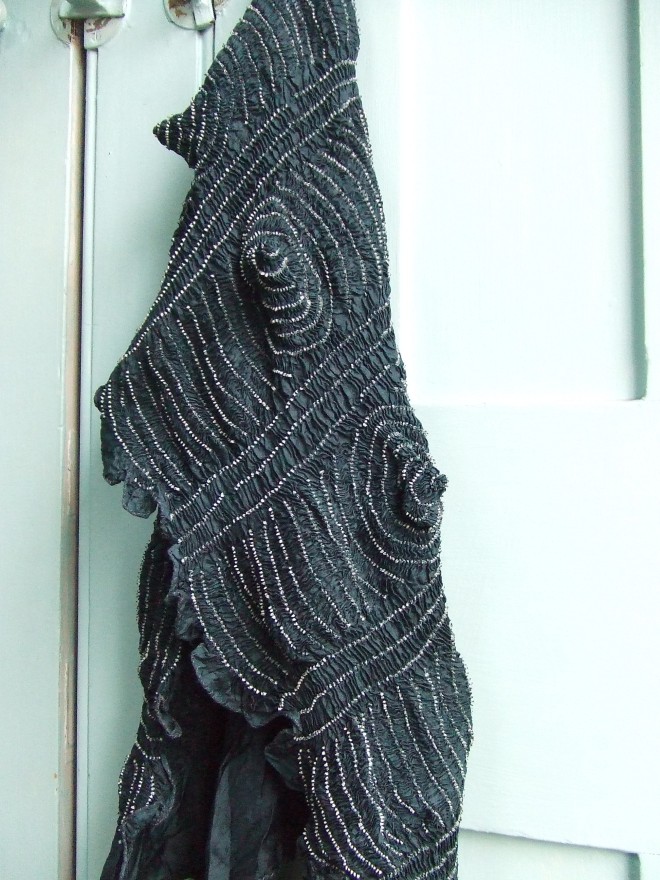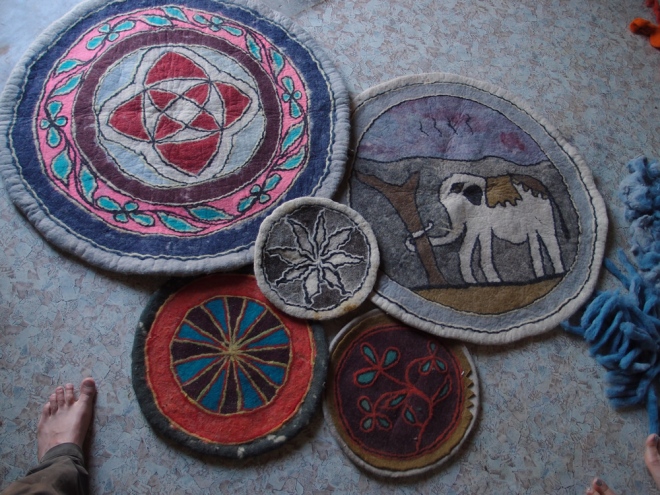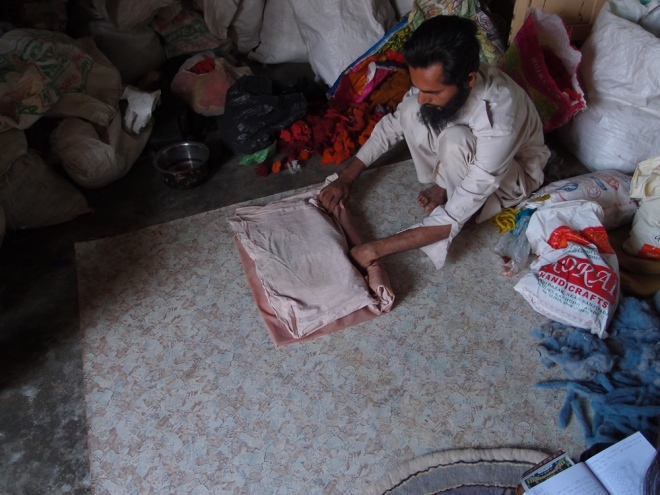For the past two years the Victoria and Albert Museum has been packing up its European and Asian study collections and moving them to the new Clothworkers’ Centre for Textiles and Fashion Study and Conservation at Blythe House in Kensington Olympia. This will bring together in one place collections currently stored in 10 different areas. Today I went on a behind-the-scenes tour to see what exactly this entails.

for Textile and Fashion Study and Conservation © Hayworth Tompkins 2011
The scale of the operation immediately becomes apparent, as Sue Prichard of the V&A explains that the textiles and fashion collections contain around 85,000 objects, while the Asian collection has around 40,000 items. Around half of the collections have already been moved, with half still to go.
As the items vary, from pins to carpets, the removals team have had to carry out pilot studies to determine the best way to move delicate pieces to prevent them from being crushed and creased during the process. This may involve padding conservation-grade boxes with “sausages” or “doughnuts” of acid-free tissue paper (apparently there is quite an art to constructing these properly!) or constructing Tyvek bags to protect hanging items.
Carpets, more than 200 of which are currently stored on huge metal arms, are carefully vacuumed, rolled onto acid-free rollers and then treated to ensure they are pest-free before being moved.

for Textile and Fashion Study and Conservation © Hayworth Tompkins 2011
Ah yes – pests. Anyone who has discovered moth holes in their prized cashmere sweater will know the anguish they felt – and the V&A is not immune. Suzanne Smith, who works on preventive conservation, says that the wooden lockers used to store the 20th-century menswear collection has been infested by woolly bear larvae of the carpet beetle twice in the past 10 years. Hence the large chest freezers in the department, where they leave items for 72 hours at -30ºC to kill the larvae.
The museum also uses moth lures impregnated with pheromones from female clothes moths to attract male moths (apparently if you see moths flying around they are usually male; female moths tend to “hop” along the ground).
Suzanne’s top tips for avoiding/spotting pests:
- Place sheets of white tissue paper on the floor of your wardrobe. If you have a moth attack, you’ll see a line of moth droppings on the tissue paper, the same colour as the item they have been eating – so you know which clothes to remove and treat.
- Domestic freezers operate at higher temperatures, so you’ll need to leave items in the freezer for longer than 72 hours. Put them inside a bag, suck the air out and stick it in the freezer for two weeks. Most sweaters are fine to be treated this way, but be cautious with anything that has metal thread, gelatin sequins or heavy embroidery.
- Moths and larvae can also live under the floorboards – Suzanne described how they had to take up the floorboards of two rooms to get rid of moths after discovering damage to hangings on the Great Bed of Ware. You can get narrow strips of plastic that you can insert between floorboards by pushing them into place with a credit card, to prevent debris falling through the cracks.
At Blythe House the collections will have custom-made storage, with special rooms for shoes, hats and fur and feather – all items will have been specially treated or quarantined to ensure they are not infested. Improved accessibility, both physically and in terms of documentation (each item has been audited before packing to record its type, date and technique), should make it easier to retrieve items for viewing, and more items have been photographed for the records.
The V&A Clothworkers’ Centre opens in October 2013 for researchers.



